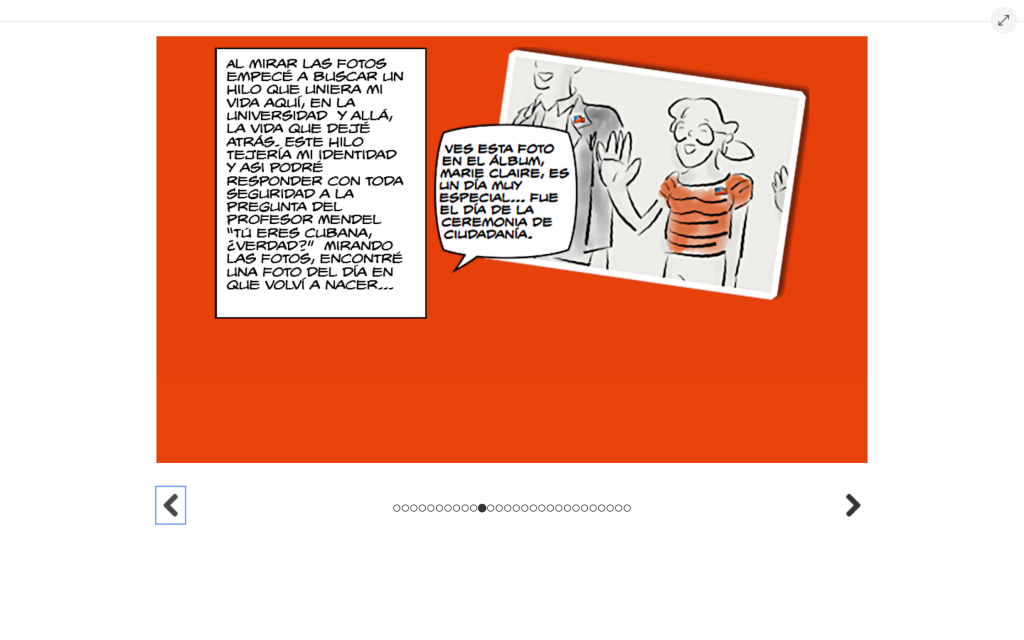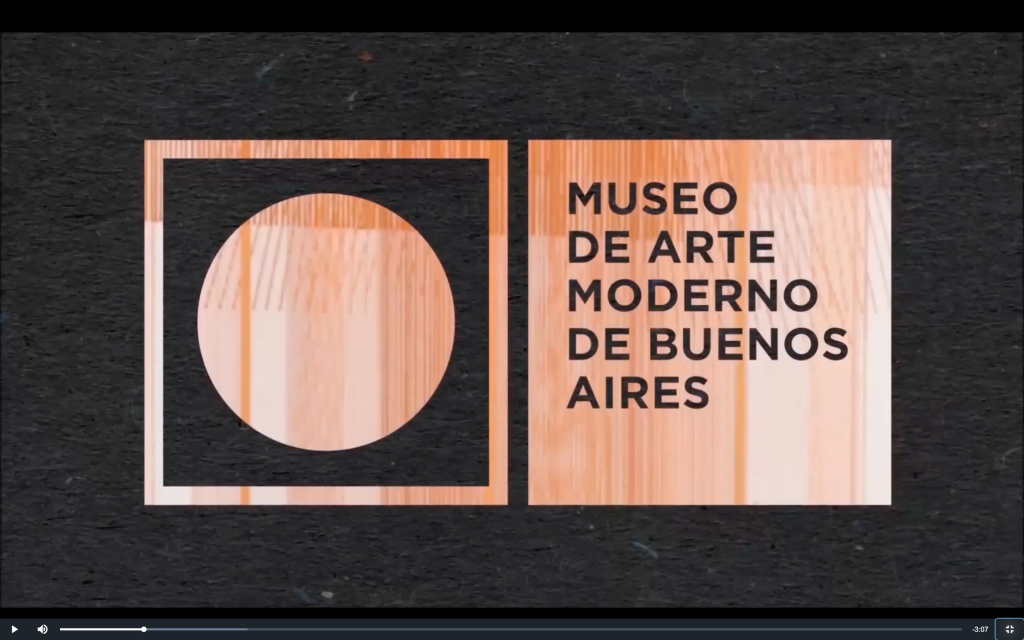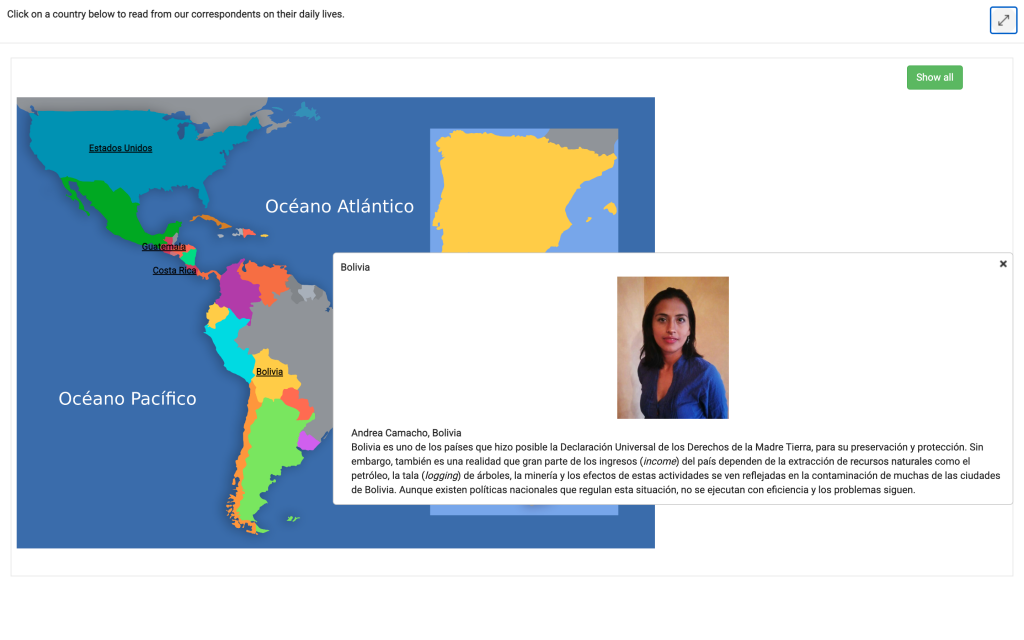Exploring Culture
The best practices that helped give me a good understanding of cultural perspectives were the videos in the ‘preperar’ and ‘introducción’ section. Also, I think doing the Talk abroad assignments helped me get a better understanding of culture as well. For example, my first Talk abroad partner was the first time that I talked to someone from Venezuela.
These practices helped me get a better understanding of Hispanic culture. For example, one of my favorite readings was about the Cuban immigrant section. This passage talked about a Cuban immigrant named Finita who went back to Cuba to look for her dad. I liked this fictional story because it used vocabulary in an entertaining and gripping way. It also showed how the vocabulary could be used in real life. I didn’t have any misconceptions about Hispanic culture changed by this, but it did make Hispanic culture much more real and easier to understand for me.

Engaging in Communities
I think it is very important to engage in the global community. For example, Talk abroad has been one of my favorite aspects of learning Spanish at ODU. I am a shy person and I always got very nervous before talking. Yet, after speaking for several minutes, I realized I was just speaking to another human being and we had a lot in common.
I really enjoyed interacting with different communities. I am glad that I was forced to do this because there is no way that I would ever do that on my own. I also think these conversations were very beneficial for my conversation skills.

Interpersonal Communication
TalkAbroad was a very useful tool we used for class. I really enjoyed talking to a native speaker. Although I struggled at times, It felt great when I understood what my partner was saying and could respond confidently. I found that after a few minutes, I was speaking and thinking in Spanish which is something I have never experienced.
The discussion board posts were also helpful in my ability to speak Spanish. Although, I think it is better to learn Spanish in a classroom talking to someone else in person, I do believe that the discussion boards were the closest we could get to doing this in an online setting. The biggest difficulty I had with this section was memorizing my lines that I had prepared prior to speaking. I think next time I would remember my lines more before I filmed my response.
Presentational Speaking
The main presentational speaking exercises I completed during this class were the flip grid assignments. During this assignment, I would listen to the pre recorded section posted by my professor, then I would answer the questions or fill in the conversation as needed.
The first flipgrid I did was an introduction to the class. This was the easiest one since I was able to speak in English. The next flipgrid I completed was one where I had to fill in the responses that Professor Sanchez posted. The third flipgrid I completed was more of the same. The final flipgrid I completed was a little bit different. For this last one, I posted about my favorite author and described their work and some of my favorites that they had written. I was pretty pleased with how I did my flipgrids. I never procrastinated on these and felt I was pretty prepared for this assignment.

Presentational Writing
One presentational communication project I did was being a stylist for a certain person who we could choose. The person would give us their favorite styles and we as fake stylists would have to give them an outfit that made sense for what they like.
The projects that we completed for the class was very useful for helping me understand the vocabulary. The one that I mentioned above helped with both my writing and my reading comprehension. Other projects that we completed followed a similar layout where we would get a situation and then we would have to write about that scenario. I think I prepared pretty well for this assignment. One thing I would do differently would be to prepare more for the assignment before I did it. What I did was use my first attempt to prepare, then use my second to write down my final draft.
Interpretive Listening
One of the listening exercises we did was on Lingro Learning. This exercise was a video about the Buenos Aires Museum of Art. This was difficult to do because of the fast way that the museum people who were being interviewed would speak.
The Buenos Aires Museum of Art video talked about the most famous Argentinian Art Museum. This video talked about the history of the museum and the people who founded it. The hardest part of this video was the fast speaking done by the museum directors. This along with the distinct accents made it difficult for me to understand some of the things that they were trying to say. Luckily for me, the video had subtitles so I could pause and see what was said. My takeaway from this experience is that Hispanic people talk fast! I realized that I need to practice a ton if I ever go to a Spanish speaking country. I need to be on top of my game if I am going to interact with the local population.

Interpretive Reading
One of the interpretive communication activities that I read during this semester was about the different environments in Latin American countries. We got excerpts from various people who live in these countries and read about what the climate is like and what some of the problems that country is facing.
The only part of this activity, and the other activities like it, was the reading comprehension aspect. There were several times where I had to look up certain words that I did not know the meaning of. Other than that, this group of assignments on Lingro Learning was pretty easy. I enjoyed these insights from real Spanish speakers. It was interesting to learn about different countries and the people who live there.
